
Standing Behind Our Students
Teachers care about students and their learning – in large part because students are our hope for the future. A future with some big decisions yet to be made…
It’s an ominous task and an enormous responsibility to prepare the next generation for the many decisions they’ll have to make about their rapidly changing world.
Certainly, strong energy literacy ranks high on the list of competencies they’ll need to find their way to a renewable energy future.
This a story about a group of Alaskan teachers who are working to bring next generation energy lessons to the next generation of problem solvers.
Energy is Everything…
…as REAP Education Director Colleen Fisk is fond of saying. And energy is everywhere…
But energy is different everywhere you go. Raised in the Matanuska-Susitna Valley, Colleen made her first journey to Southeast Alaska this winter to teach and to learn about regional energy differences.
Present day Juneau straddles the traditional lands of the various Tlingit clans of both Auke and Taku Kwaans.
Colleen likes to begin each new class by acknowledging and thanking the indigenous people of the places she visits and teaches.
Gunalchéesh!
(Thank You in Tlingit)
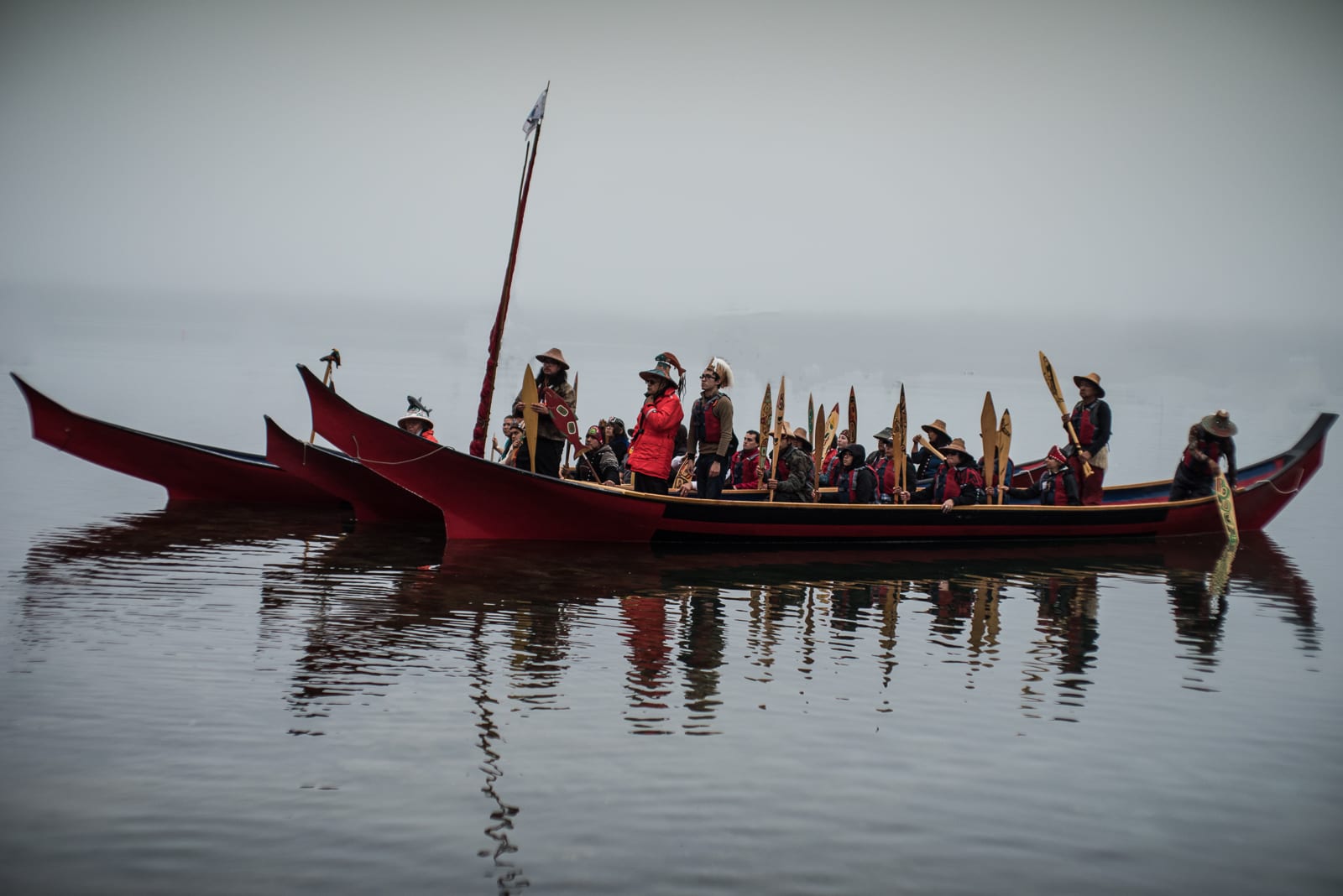
Teachers’ Tools and Tours
A dozen Juneau teachers joined Colleen’s traveling energy education course – designed to enhance energy literacy in Alaska schools by providing educators with information, tools and materials to use in their classrooms; Online resources like – AK EnergySmart and Alaska Wind for Schools.
But, before devoting a full Saturday for hands-on STEM energy lessons, materials, information and activities, Juneau teachers started the course by spending three consecutive evenings touring some of Juneau’s unique renewable energy projects. Starting at the world famous Alaskan Brewery.
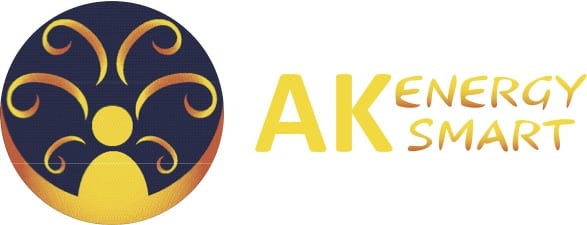

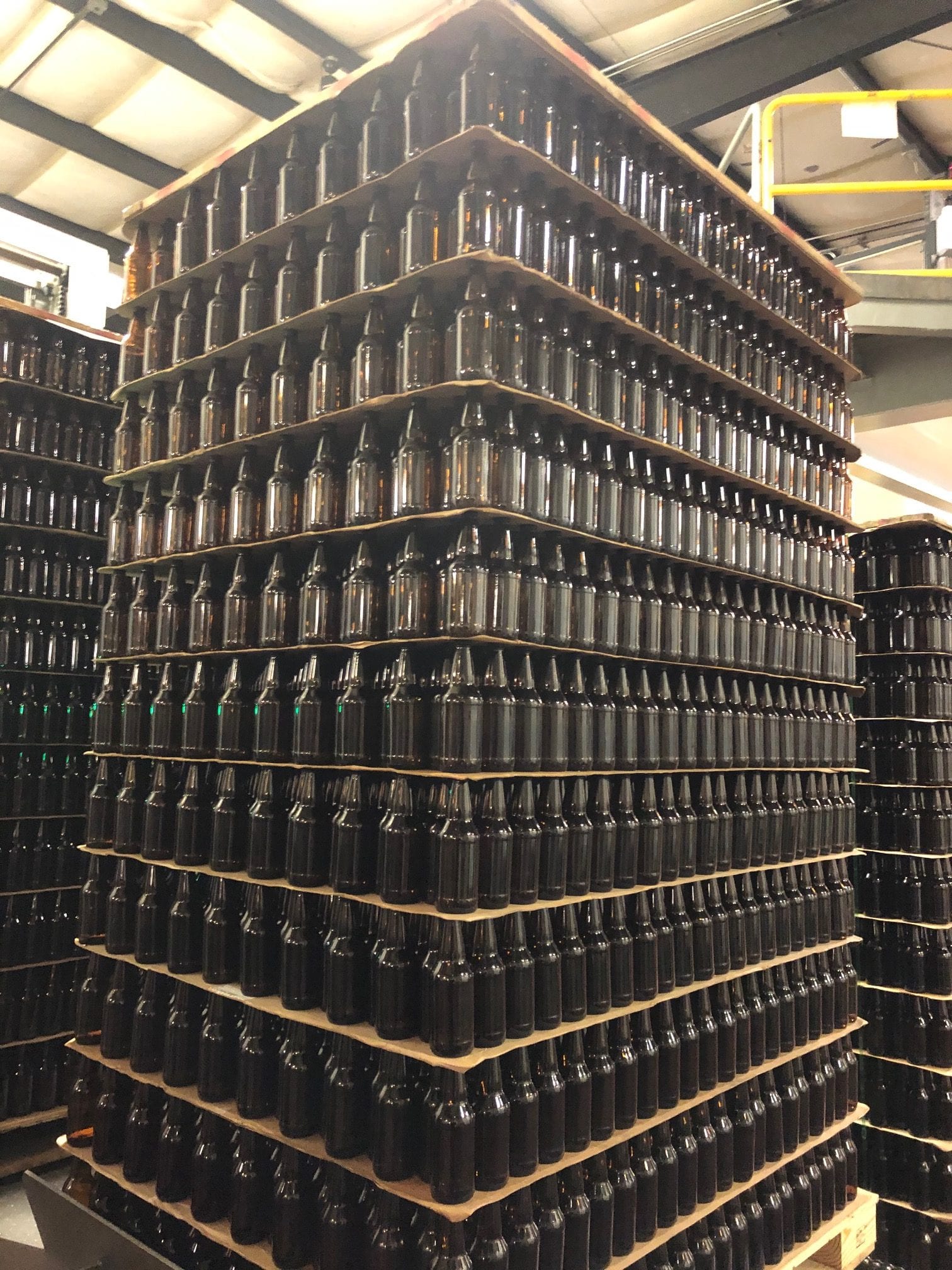
Beer Powered Beer
Energy is central to any manufacturing enterprise, making remote places like Juneau, Alaska especially challenging for entrepreneurs.
Energy to transport raw materials. Energy to process materials. Energy to transport product to market. Energy to manage waste products.
It all adds up and Geoff Larson – owner and brains behind Juneau’s beloved Alaskan Brewery – took-up the challenge of reducing, reusing and recycling energy at each level of the brewery’s operations.
Our guide, Andy Kline, explained how tons of grain are shipped to Juneau to make beer, but the left-over grain – called spent grain – is difficult to dispose of in an isolated place like Juneau with limited use for such large quantities of waste biomass.
Alaskan Brewery’s solution to keep spent grain out of the landfill? Burn it in an industrial biomass boiler and capture the heat to use in other brewery processes. Beer powered beer, they like to call it.
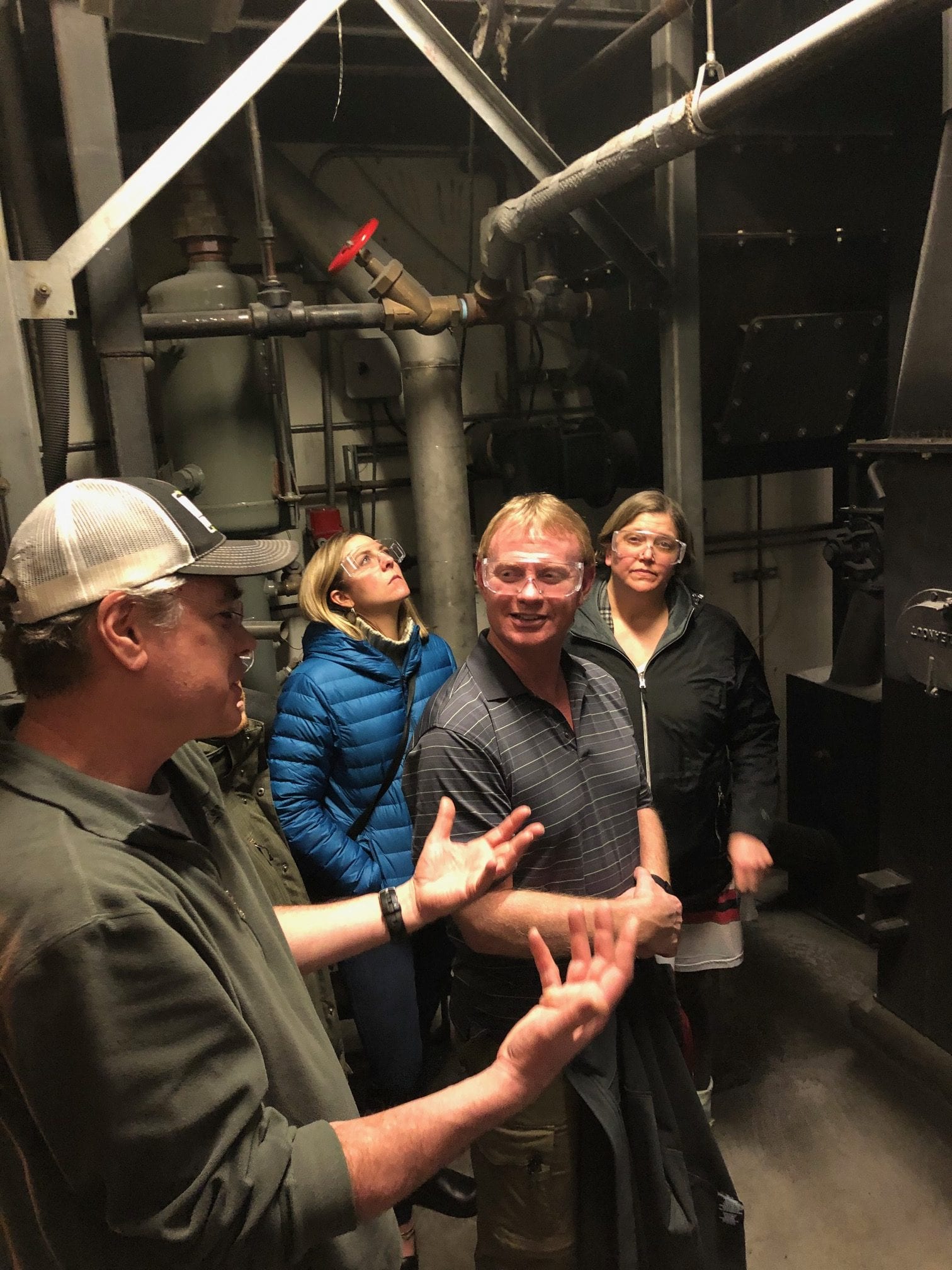
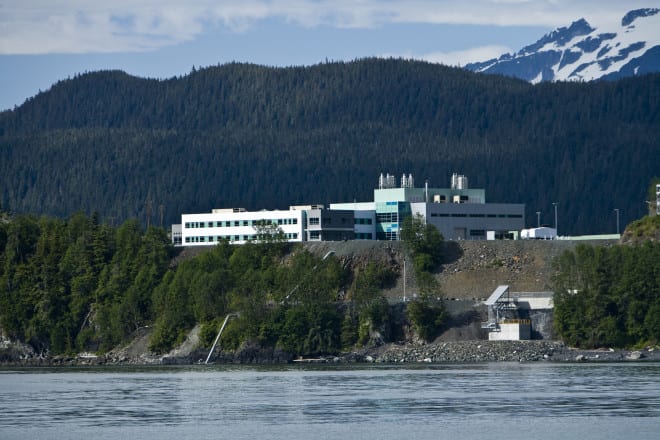
New Energy From Water
An enormous 66,000 sq ft, carbon-neutral scientific research facility in remote Juneau, Alaska? How is that possible? For our second field trip, these intrepid teachers took a deep dive into the award-winning energy systems of the NOAA Ted Stevens Marine Research Institute.
Our host and guide, John Cooper, is an engaging engineer who is determined to squeeze every last drop of energy out of available resources – including cold sea water.
Teachers toured the elaborate system of pipes, valves, compressors and heat exchangers that are the heat pumps the NOAA facility uses to extract heat from the sea water they were already pumping through the buildings to supply the aquaria and research wet-labs. Why not extract a little heat from the water as it goes by?
Since 100 percent of Juneau’s electricity comes from hydro, and the heat pumps at the lab can totally replace the heat that previously came from fuel oil, the TSMRI lab can proudly claim to be our greenest national laboratory.

Besides saving $130,000 in annual heating costs, NOAA’s sea-water heat pumps do so while displacing more than 60,000 gallons of heating oil.
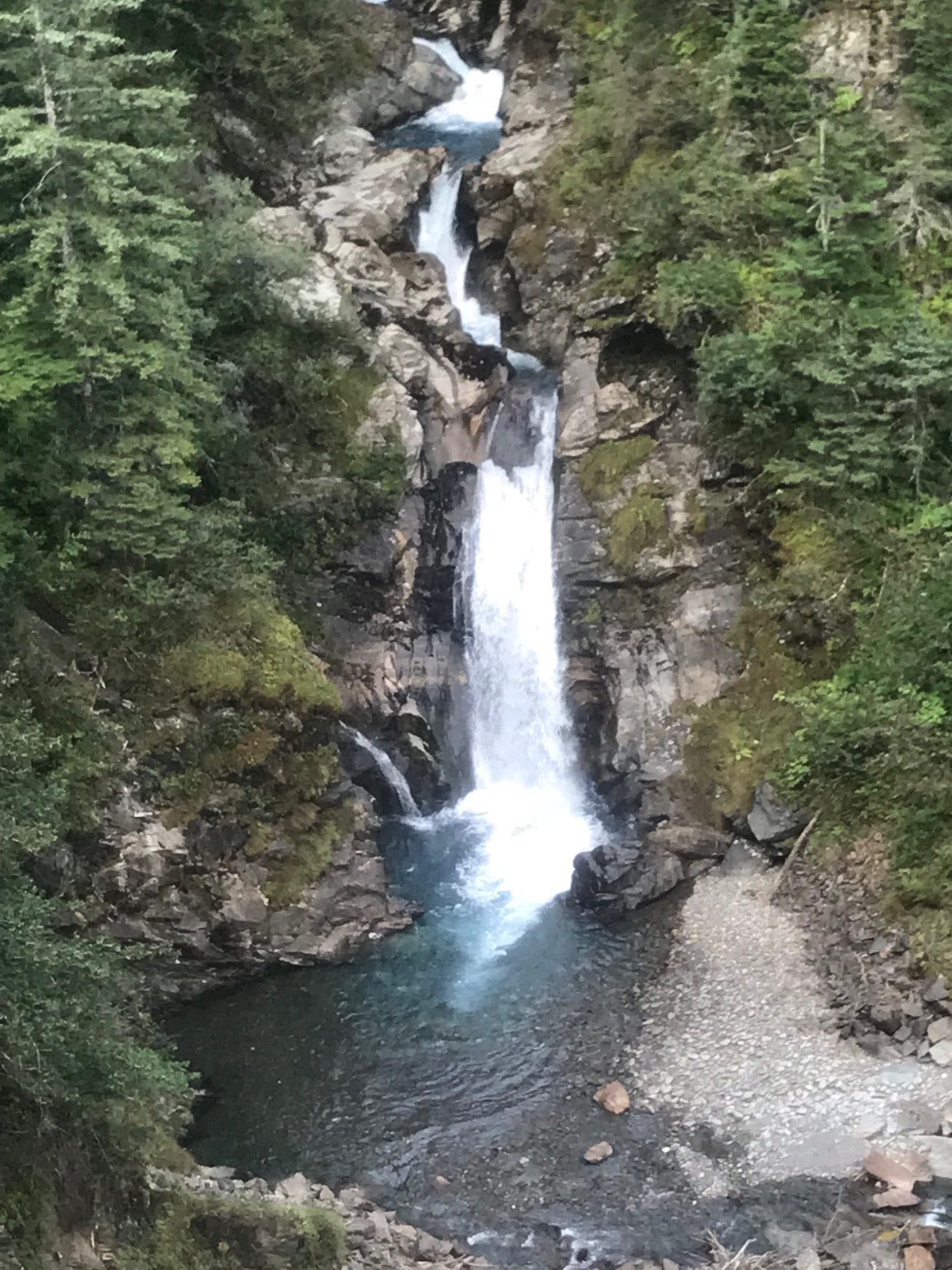
Old Generation
1880 – At the mouth of a stream called Dzanti k’Heeni – stream where flounder gather– Tlingit Chief Kowee showed sign of gold to two prospectors, Joe Juneau and Richard Harris.
It wasn’t long before Alaska Electric Light and Power (AEL&P) captured the hydro capacity of Dzanti k’Heeni (aka, Gold Creek) to provide electricity for the city’s growing mining sector and all that followed in the past 140 years.
Our teachers’ final tour rallied at Juneau’s oldest power plant where AEL&P’s Alec Mesdag schooled us teachers about the history of hydro-electricity in Juneau – from its earliest days when electricity was new and available only to a few, to the complex system of energy production and distribution we rely on today.
More than a century later, these original pelton wheel generators still provide a portion of Juneau’s clean electricity.
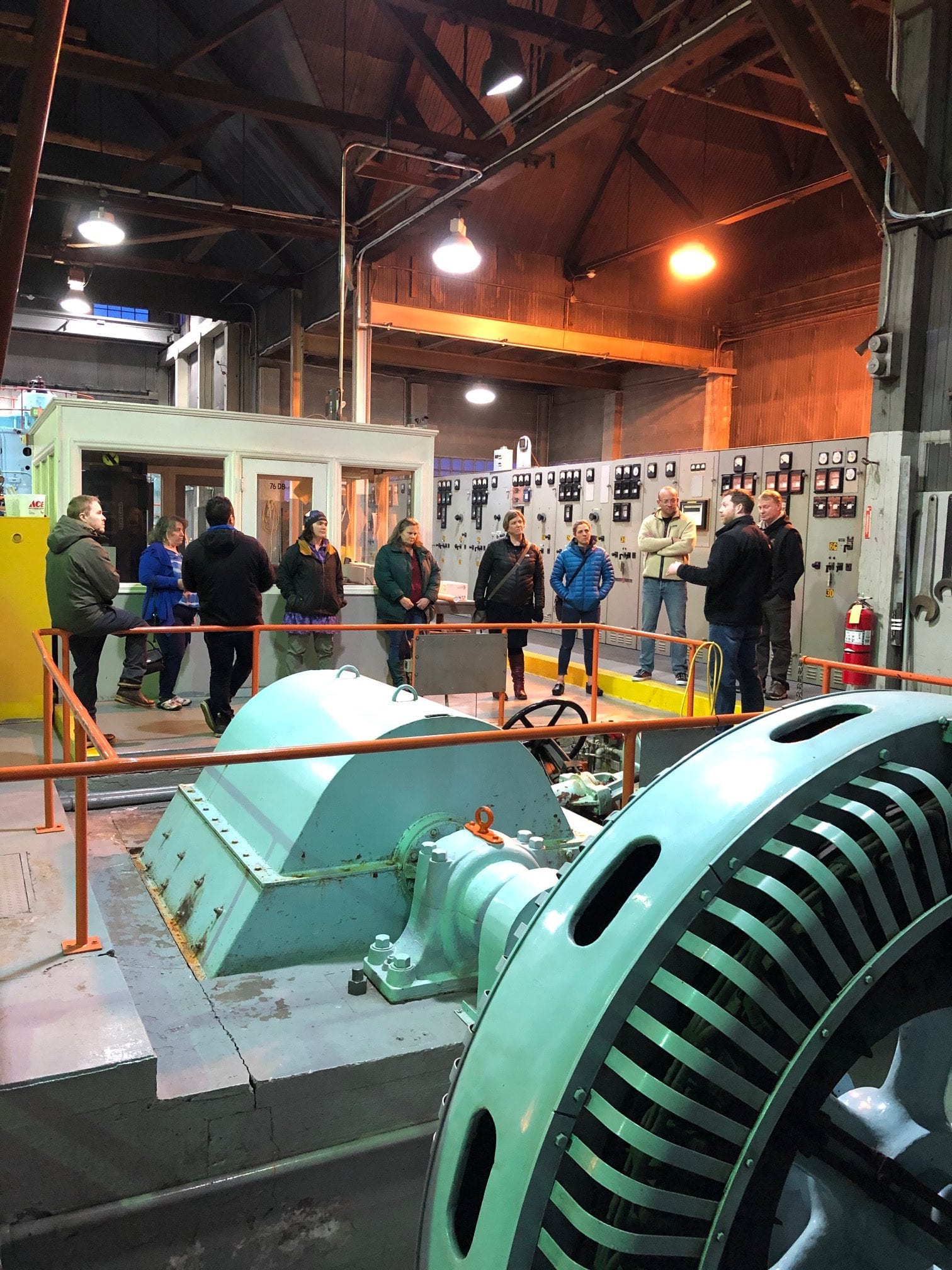
Empowering A New Generation…
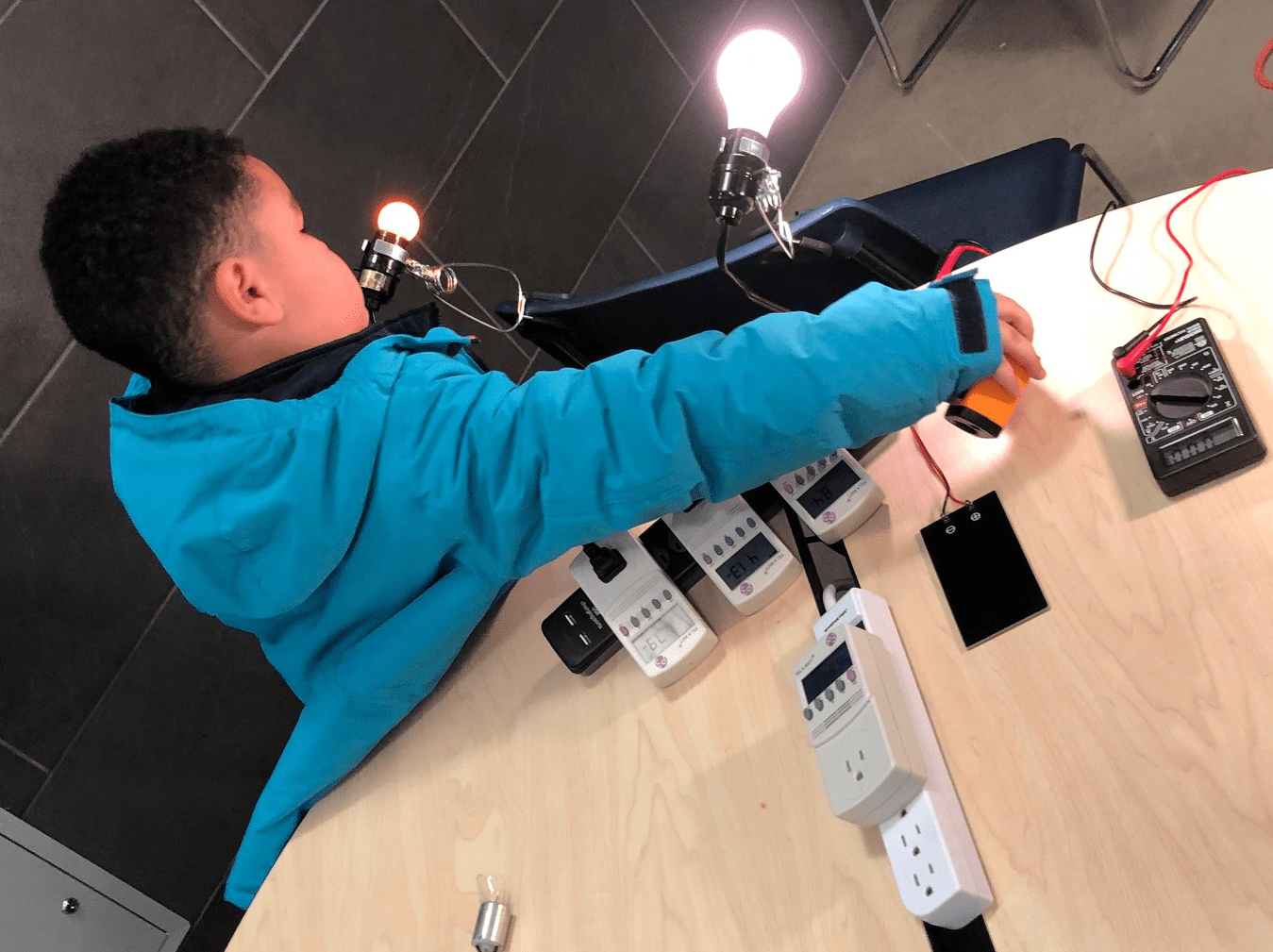
The Next Generation
Teachers who participated in REAP’s training gained new understandings and materials they are already using to spark student interest and energize them to apply their new knowledge. The result?
Students at Dzanti k’Heeni Middle School designed, built and tested wind-turbine blades for maximum efficiency. 4th Grade students at Auke Bay Elementary School explored the laws of thermodynamics using infrared thermometers. Students across Juneau are now learning to assess their own energy use with the help of Kill-A-Watt meters. The list goes on….
Gunalchéesh!
At REAP, we are grateful to every teacher for your dedication and energy to empower the next generation. Thanks to you, they can look forward to a brighter energy future. REAP programs are here to help.
We are also grateful to the Juneau School District , NOAA, AEL&P, Alaskan Brewery, and the Sustainable Southeast Partnership for their support to create these opportunities.
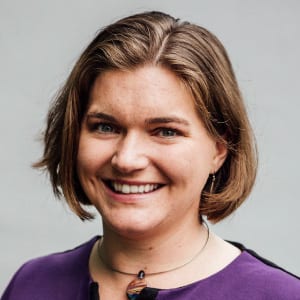
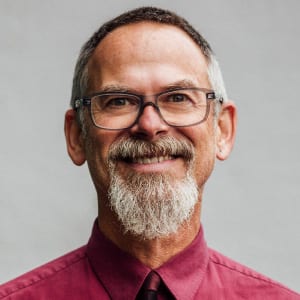
Wooch Een!
Tlingit for Teamwork
Colleen Fisk and Clay Good are part of the REAP STEM eduction team, where we enjoy wooch een. Colleen contributed the content for the Energy Literacy course while Clay arranged the tours, local logistics and supported each lesson.
Contact Colleen or Clay if you’re interested in wooch een with REAP.
Story photos by Clay Good (REAP) and Bethany Goodrich (SSP)